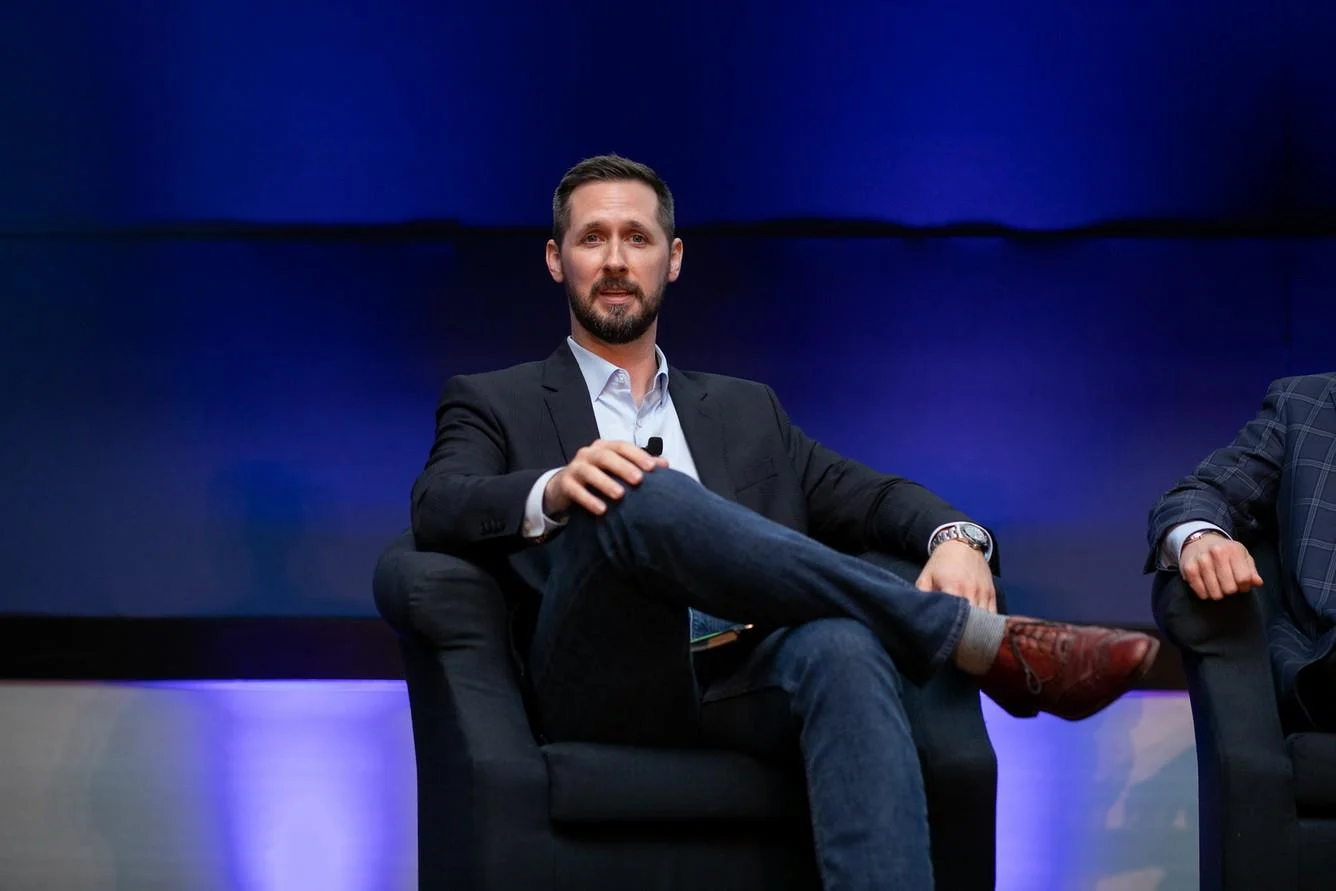Introduction to Hoka Running Shoes
Are you a runner who craves comfort, cushioning, and a little extra spring in your step? If so, you’ve heard of Hoka running shoes. Renowned for their maximalist design and innovative technology, Hokas have taken the running world by storm. But when it comes to finding the perfect fit, many runners ask: do Hokas run big or small?
In this blog post, we will dive into the world of Hoka sizing to help you navigate through the confusion and find the right pair for your feet. Whether you’re a seasoned marathoner or just starting on your fitness journey, understanding how different models of Hokas fit can make all the difference in achieving optimal performance.
So lace up those sneakers (or slip them on if that’s more your style) because we’re about to uncover which Hokas run big, which ones run small, and everything else you need to know about finding that perfect fit!
Common Complaints About Hoka Sizing
One of the most common complaints about Hoka running shoes is their sizing. Many runners find that Hokas run too big or too small, resulting in a less-than-ideal fit. This can be frustrating, especially when finding the perfect shoes to support your training.
Some runners report that specific models of Hokas run more extensively than expected. They may recommend going down half or a full size to achieve a snugger fit. On the other hand, there are also complaints about specific models running smaller than expected. In these cases, it might be necessary to go up half a size or more for optimal comfort.
The inconsistency in sizing across different Hoka models can make it challenging for runners to determine their correct shoe size. Remember that every individual’s feet are unique, and what works for one person may not work for another.
To overcome this challenge and ensure you get the right fit, it is recommended that you try on multiple sizes and styles of Hokas before making a decision. Visit a specialty running store where knowledgeable staff can assist you in finding the best-fitting shoe based on your foot shape and gait pattern.
Additionally, remember to consider any specific needs or preferences you have as a runner. If you require extra space in the toe box or have high arches that need additional support, communicate these requirements with the experts at the store so they can guide you toward suitable options within the Hoka range.
Finding the right size of Hoka running shoes requires some trial and error. Feel free to try different sizes until you discover what works best for your feet and provides optimal performance during your runs.
Remember: proper shoe fit is crucial for preventing injuries and ensuring running comfort! So take your time when selecting new Hokas – after all, happy feet lead to happy miles.
Which Hokas Run Big?
When it comes to finding the right fit for your running shoes, it’s essential to consider whether certain brands tend to run big or small. Hoka One One is a popular choice among runners for its cushioned support and innovative design. However, many athletes have found that not all Hoka models are true to size.
One of the most common complaints about Hoka sizing is that some styles tend to run more extensively than expected. This can be frustrating for individuals who order their usual shoe size only to find that they are swimming in excess space. While this may be a minor inconvenience for some, it can lead to discomfort and even injury during long-distance runs.
So, which Hokas specifically tend to run big? The Bondi and Clifton models are often reported as running larger than expected by many users. Considering these styles, it may be worth trying on a half-size smaller than your usual shoe size to ensure a snug fit.
On the other hand, some Hoka models run true or slightly small in size. The Speedgoat and Challenger lines are often cited as more accurate regarding sizing. If you prefer these styles, ordering your regular shoe size should provide an appropriate fit.
Finding the right size for you ultimately depends on personal preference and foot shape. It’s always recommended to try on multiple sizes before making a purchase. Here are a few tips when trying on and buying Hokas:
1) Measure both feet – Most people have one foot slightly larger than the other, so it’s essential to measure both feet and choose a size based on the larger measurement.
2) Consider wearing your usual running socks – Wearing thicker athletic socks similar in thickness helps determine if there is enough room inside the shoe without feeling too tight.
3) Walk around – Take a short walk or jog around the store (if allowed) while wearing each pair of Hokas you’re considering. This will give you a better sense of how they
Which Hokas Run Small?

When it comes to finding the perfect running shoe, sizing is everything. One common complaint among runners is that specific Hoka models run small. While this may be frustrating for some, it’s important to remember that not all Hokas are created equal in terms of fit.
One model that tends to run on the smaller side is the Hoka Clifton. Many runners have found that they need to size up in this particular shoe to achieve a comfortable fit. The Clifton 6, in particular, has been known to feel snugger than previous versions.
Another Hoka model that can run small is the Speedgoat. This trail running shoe is known for being narrow and tight-fitting, so if you have wider feet or prefer a roomier toe box, consider going up half a size.
It’s worth noting that everyone’s feet are different, and what works for one person may not work for another. It can be helpful to read reviews from other runners with similar foot shapes and preferences when deciding which size might work best for you.
If you need clarification on your Hoka sizing or want to ensure an optimal fit, it’s always recommended to try them on before making a purchase. Visit a local running store where knowledgeable staff members can assist you in finding the right size and style for your needs.
In conclusion (not concluding!), while there are some Hokas that tend to run small, it’s important to remember that every runner is unique, and finding the perfect fit may require some trial and error. Don’t be discouraged if your first pair isn’t spot-on – keep experimenting until you find the Hoka shoes that provide both comfort and performance on your runs!
Finding the Right Size for You
Finding the right size for your Hoka running shoes is crucial for a comfortable and enjoyable running experience. But with so many different models and styles available, it can take time to determine which size will fit you best. Here are some tips to help you find the perfect fit.
It’s important to know that not all Hokas run similarly regarding sizing. Some models tend to run big, while others may run small. This inconsistency can make it even more challenging to figure out your ideal size.
One helpful tip is to read reviews from other runners who have purchased the specific model you’re interested in. Pay attention to whether they mention if the shoe runs large or small compared to their usual size.
Another helpful strategy is trying on multiple sizes when possible. Visit a local running store where knowledgeable staff can assist you in finding the right fit. Feel free to walk around or jog in different sizes of identical shoes until you find one that feels right.
Additionally, consider factors such as foot width and arch height when selecting your Hoka size. These characteristics can also influence how well a shoe fits and supports your feet during runs.
Remember that each person’s feet are unique, so what works for someone else may not necessarily work for you. It’s essential to listen to your body and trust your judgment when determining which size feels most comfortable and supportive.
By considering these steps, you’ll be on track toward finding the perfect fitting pair of Hokas for an optimal running experience!
Tips for Trying on and Buying Hokas
When trying on and buying Hoka running shoes, there are a few essential tips that can help ensure you find the perfect fit. First and foremost, try them on in person if possible. While online shopping offers convenience, being able actually to feel the shoe on your foot is essential.
When trying on Hokas, wear the socks you plan to run in. This will give you a more accurate sense of their feelings during your workouts. Additionally, take note of any areas of discomfort or pressure points while wearing the shoes. They must provide proper support and cushioning without causing any pain.
Feel free to walk or jog around in the store when trying different sizes and models. This will give you a better idea of their performance under actual running conditions. Pay attention to arch support, heel stability, and overall comfort.
Remember that everyone’s feet are unique, so what works for someone else may not work for you. Take the time to try on multiple sizes and styles until you find one that feels just right.
By following these tips for trying on and buying Hokas, you’ll increase your chances of finding a pair that fits well and enhances your running experience!
Conclusion: The Importance of Proper Shoe Fit for Optimal Performance
Choosing the right size for running shoes is crucial, which holds for Hoka running shoes as well. While some Hokas may run big or small, it’s essential to find the perfect fit that suits your feet and provides optimal performance.
Finding a shoe that fits properly not only ensures comfort but also helps prevent injuries. Ill-fitting shoes can lead to blisters, hot spots, and even foot pain. On the other hand, wearing shoes that are too tight can cause discomfort and restrict natural foot movement while running.
To determine whether a particular model of Hoka runs big or small, it’s helpful to read reviews from other runners who have tried them on. Pay attention to any complaints about sizing inconsistencies to make an informed decision.
When trying on Hokas for yourself, remember that everyone’s feet are unique. Consider factors such as arch height, foot width, and personal preferences when selecting your size. It may be necessary to try on different sizes or even consult with a professional fitting expert at a specialty running store.
Remember these tips when purchasing Hokas:
1. Measure both feet: Feet can vary slightly in size, so measure both before purchasing.
2. Try them on later in the day: Feet tend to swell throughout the day; therefore, trying on shoes later ensures proper fit during activity.
3. Wear appropriate socks: Bring along or wear the type of socks you plan on using while running.
4. Walk around: Spend some time walking or jogging inside the store with the new pair of Hokas to ensure they feel comfortable.
5. Allow room for toes: There should be about half an inch (or roughly one thumb-width) between your longest toe and the front of the shoe.
6. Trust your instincts: If something feels off during testing or doesn’t feel quite right after a few runs, don’t hesitate to exchange or try a different size.
In
Also Read: Jenny Scordamaglia Enrique Benzoni Wikipedia





